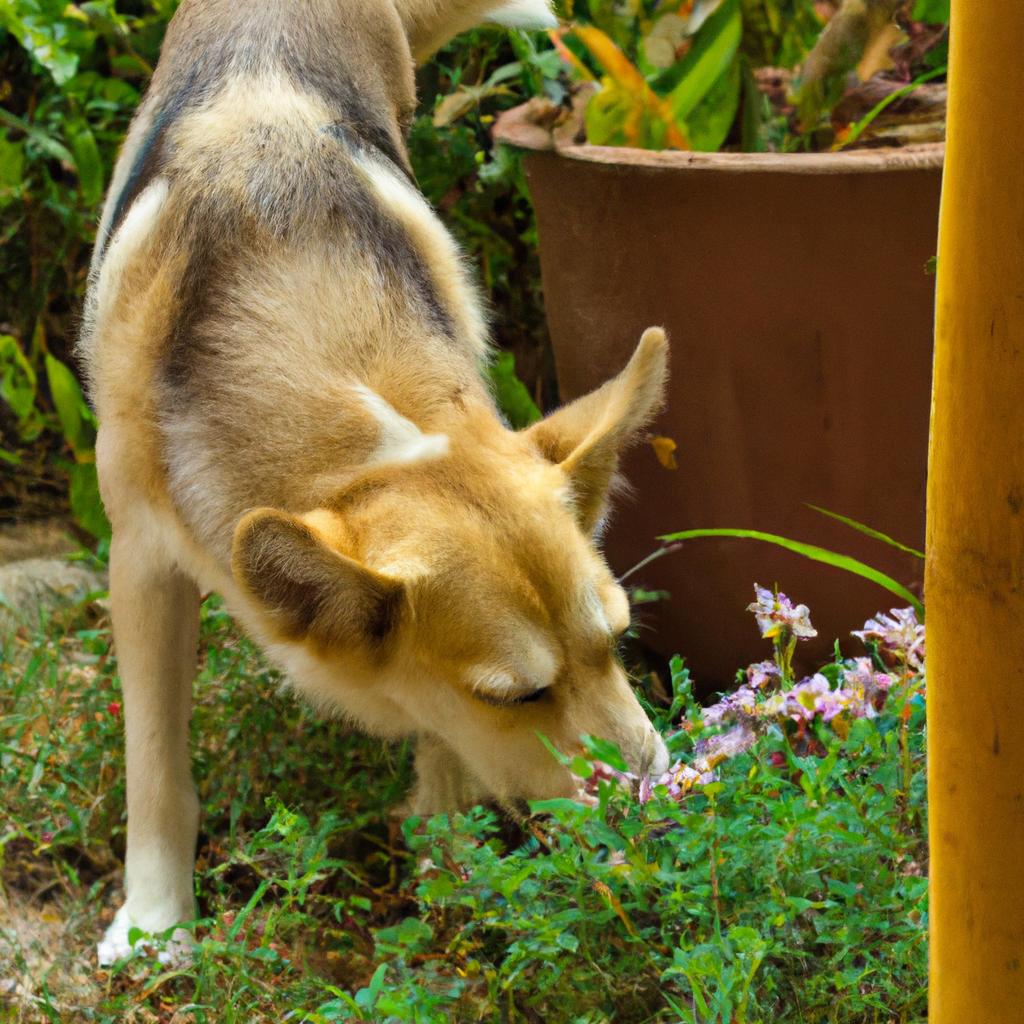Learn how to keep your furry friend safe from poisonous plants with our comprehensive guide. Find out which plants are toxic and prevention measures you can take.
As a pet owner, your top priority is ensuring the safety and well-being of your furry friend. One of the biggest threats to your pet’s health comes in the form of poisonous plants. Dogs and cats are naturally curious creatures and may nibble or consume anything in their path. Therefore, it’s essential to familiarize yourself with the plants that can pose a danger to your beloved pet and take preventative measures to keep them safe.
A Deadly Encounter: Common Toxic Plants for Pets
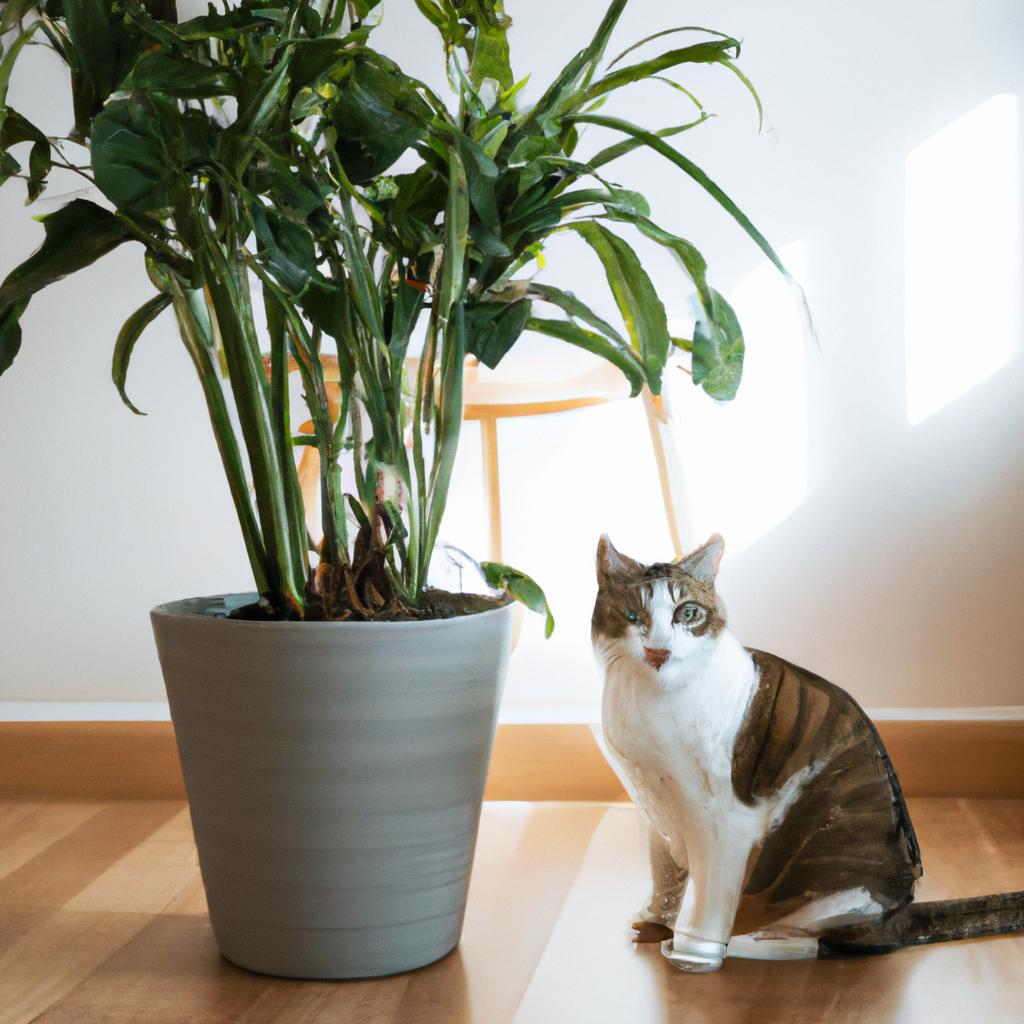
Several house and garden plants are toxic to pets. Here are some of the most poisonous:
Lilies
Lilies, especially to cats, are highly toxic. Even a small amount can cause severe kidney damage. The entire plant, from flowers to leaves and stems, should be kept away from your furry friends.
Sago Palm
Sago palm, a popular ornamental plant, is highly toxic to pets, especially dogs. All parts of this plant, including the seeds, can lead to liver failure, seizures, and even death.
Aloe Vera
While aloe vera is known for its medicinal properties for humans, it can be toxic to cats and dogs. The plant’s gel contains substances that may induce vomiting, diarrhea, and lethargy in pets.
Azalea and Rhododendron
Both azaleas and rhododendrons are toxic to pets. Ingestion can result in symptoms such as vomiting, diarrhea, and even coma. All parts of these plants, including leaves, flowers, and stems, contain toxins.
It is your responsibility as a pet owner to be aware of these toxic plants and take the necessary steps to keep your pets safe. In the following sections, we will explore preventive measures that you can implement to ensure their well-being.
Preventive Measures: Safeguarding Your Pet
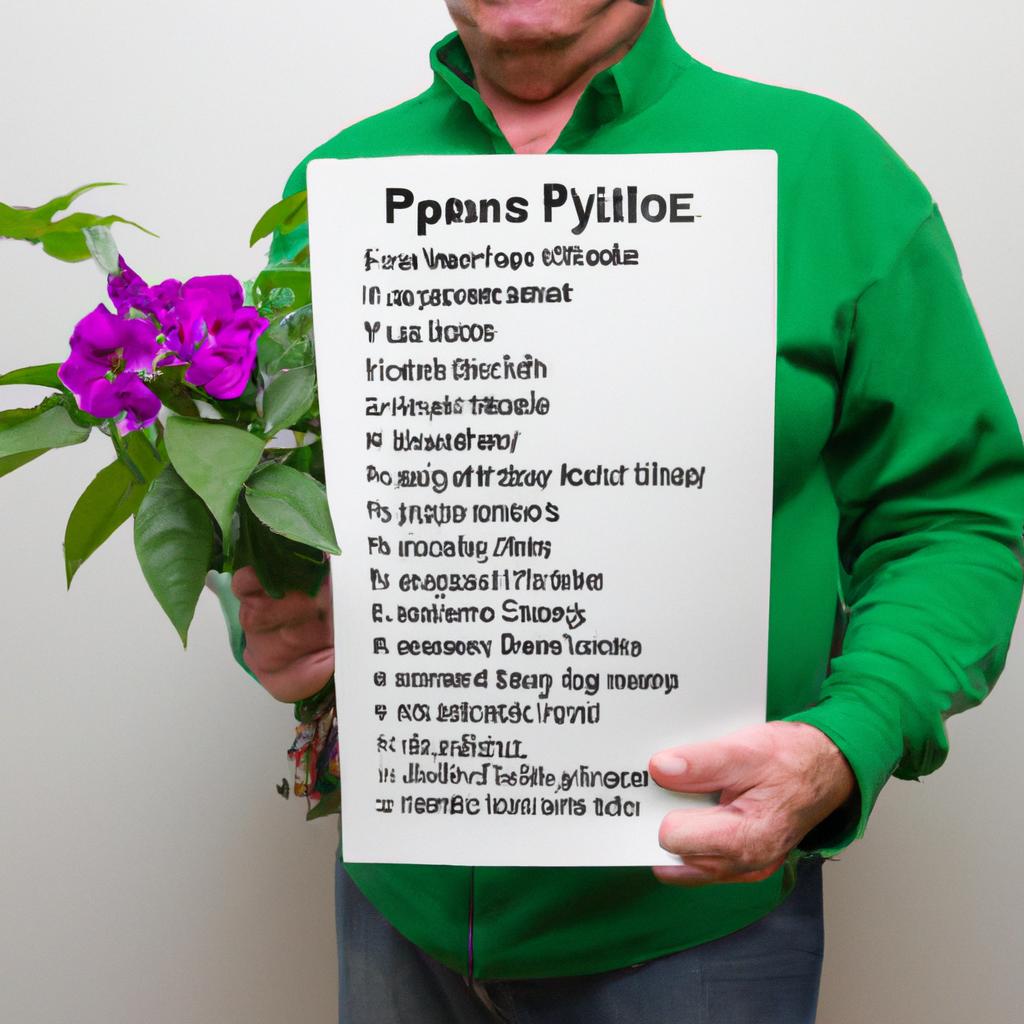
Preventing your pet from encountering poisonous plants is the most effective way to keep them safe. Here are some preventive measures you can take:
Identify and Remove Toxic Plants from Your Home
Identify any toxic plants currently in your home and remove them. Replace them with non-toxic alternatives that are safe for your pets to be around.
Keep Pets Away from Plants in Public Areas
When walking your dog in public spaces, be vigilant and prevent them from approaching plants that may be harmful. Teach them the “leave it” command to discourage them from ingesting anything dangerous.
Stay tuned for the next sections!
Preventive Measures (Continued): Ensuring a Safe Environment

Train Pets to Avoid Plants
Training your pets to avoid plants can be challenging but is achievable. Utilize positive reinforcement techniques to teach them to stay away from plants. Reward their compliance with treats and praise.
Use Barriers
Implementing barriers is another effective way to keep your pets safe from poisonous plants. Consider physical barriers such as fences and gates to keep your pets away from plants in your garden. You can also use deterrents like bitter apple spray to discourage them from nibbling on plants.
Safe Alternatives: Pet-Friendly Plant Options
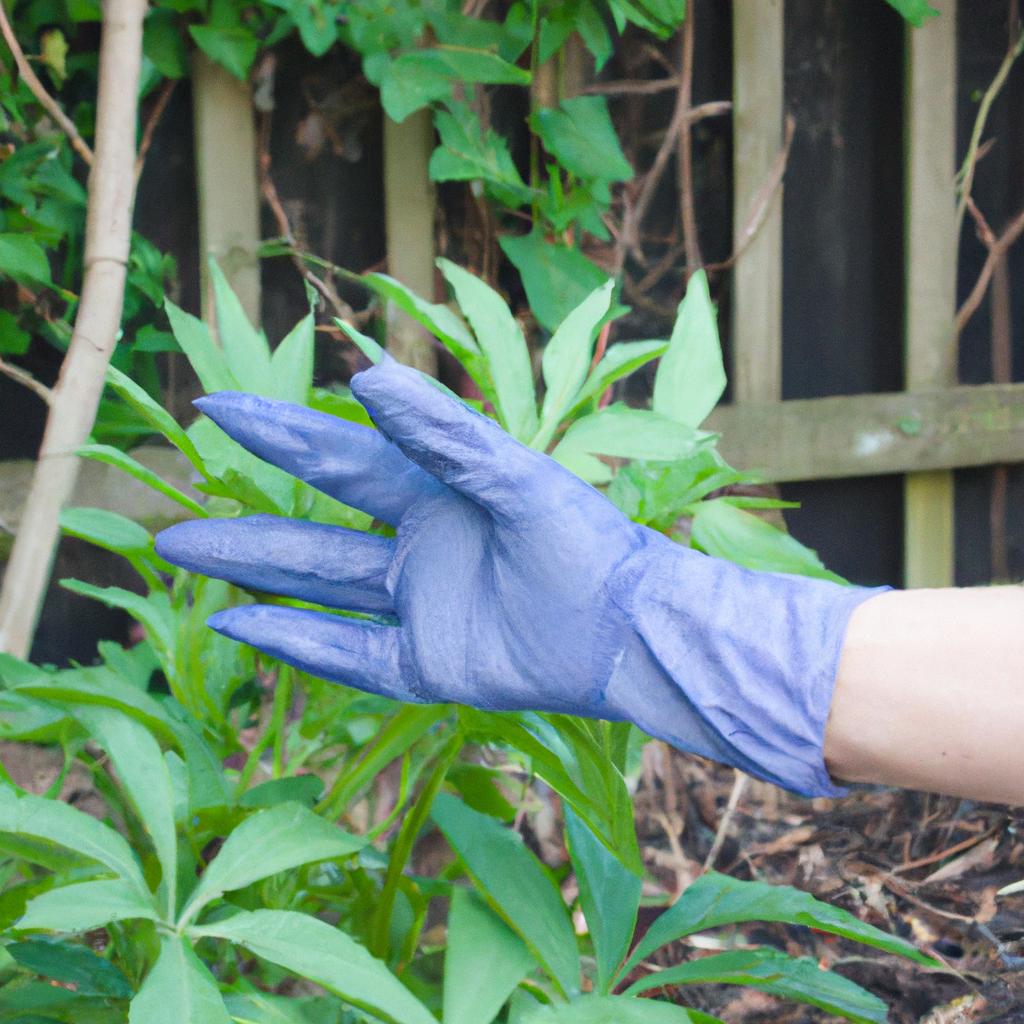
If you want to have plants in your house or garden but worry about your pets’ safety, there are plenty of non-toxic plant options available. Here are a few examples:
Spider Plant
Spider plants are easy to care for and safe for pets. They are also known for their air-purifying properties, making them an excellent choice for your home or garden.
Boston Fern
Boston ferns are safe for pets and can add a tropical touch to your living space. Regular watering and indirect sunlight are key to their well-being.
African Violet
African violets boast beautiful purple flowers and are safe for pets. These plants thrive in indirect sunlight and require moist soil.
Pet-Friendly Garden
Creating a pet-friendly garden offers a safe space for your pets to explore. Designate a play area for them, plant non-toxic plants, and utilize barriers to keep them away from hazardous zones.
In conclusion, keeping your pets safe from poisonous plants is a crucial responsibility. By identifying toxic plants, taking precautions, and providing safe alternatives, you can establish an environment that ensures the well-being of your furry friends. If you suspect your pet has ingested a poisonous plant, do not hesitate to contact your veterinarian promptly. With the right preventive measures and immediate action, you can keep your beloved pets healthy and secure. At TooLacks, we are committed to providing informative content to assist you in caring for your pets.
What to Do in Case of Poisoning
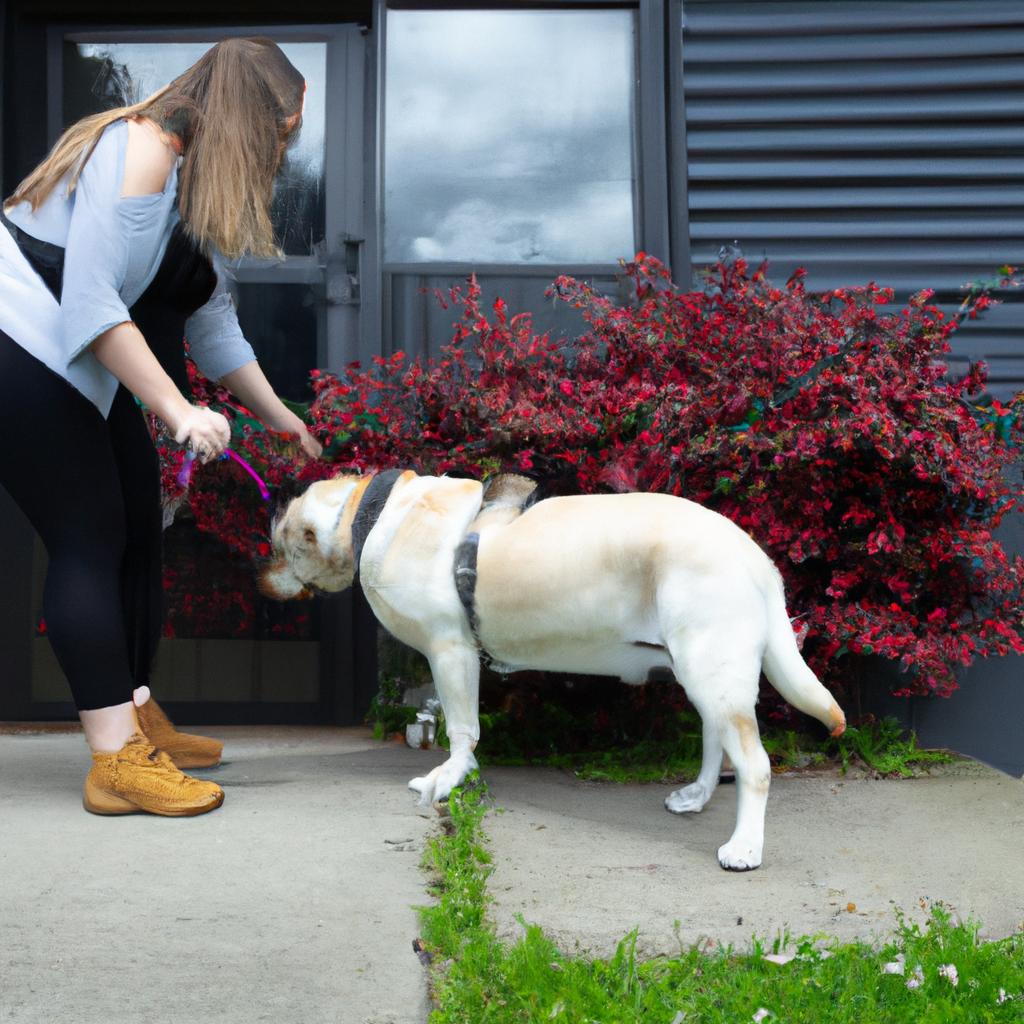
No matter how careful you are, accidents can happen, and your pet may ingest a toxic plant. Knowing the signs of poisoning and how to respond can be lifesaving. Here are the steps to take in case of poisoning:
Signs of Poisoning
Common signs of poisoning include vomiting, diarrhea, lethargy, loss of appetite, seizures, and difficulty breathing. If you observe any of these symptoms in your pet, it is crucial to act quickly.
Steps to Take in Case of Poisoning
If you suspect that your pet has ingested a poisonous plant, contact your veterinarian immediately. They may guide you through inducing vomiting or administering activated charcoal to absorb the toxins. Severe symptoms may require hospitalization.
First Aid for Pets
If your pet ingests a toxic plant, try to identify the plant and bring a sample to the veterinarian. If your pet vomits, collect a sample to be analyzed. Remaining calm and acting swiftly can prevent the toxins from spreading within your pet’s body.
Conclusion
In conclusion, safeguarding your pet from poisonous plants is paramount for their health and happiness. By familiarizing yourself with toxic plants, implementing preventive measures, and promptly responding to potential poisoning incidents, you can create a secure environment for your furry companion. Remember, if you suspect your pet has ingested a toxic plant, seek veterinary assistance without delay. With proper prevention and timely action, you can ensure the safety and well-being of your cherished pet. At TooLacks, we remain committed to providing valuable content to support your pet care journey.
